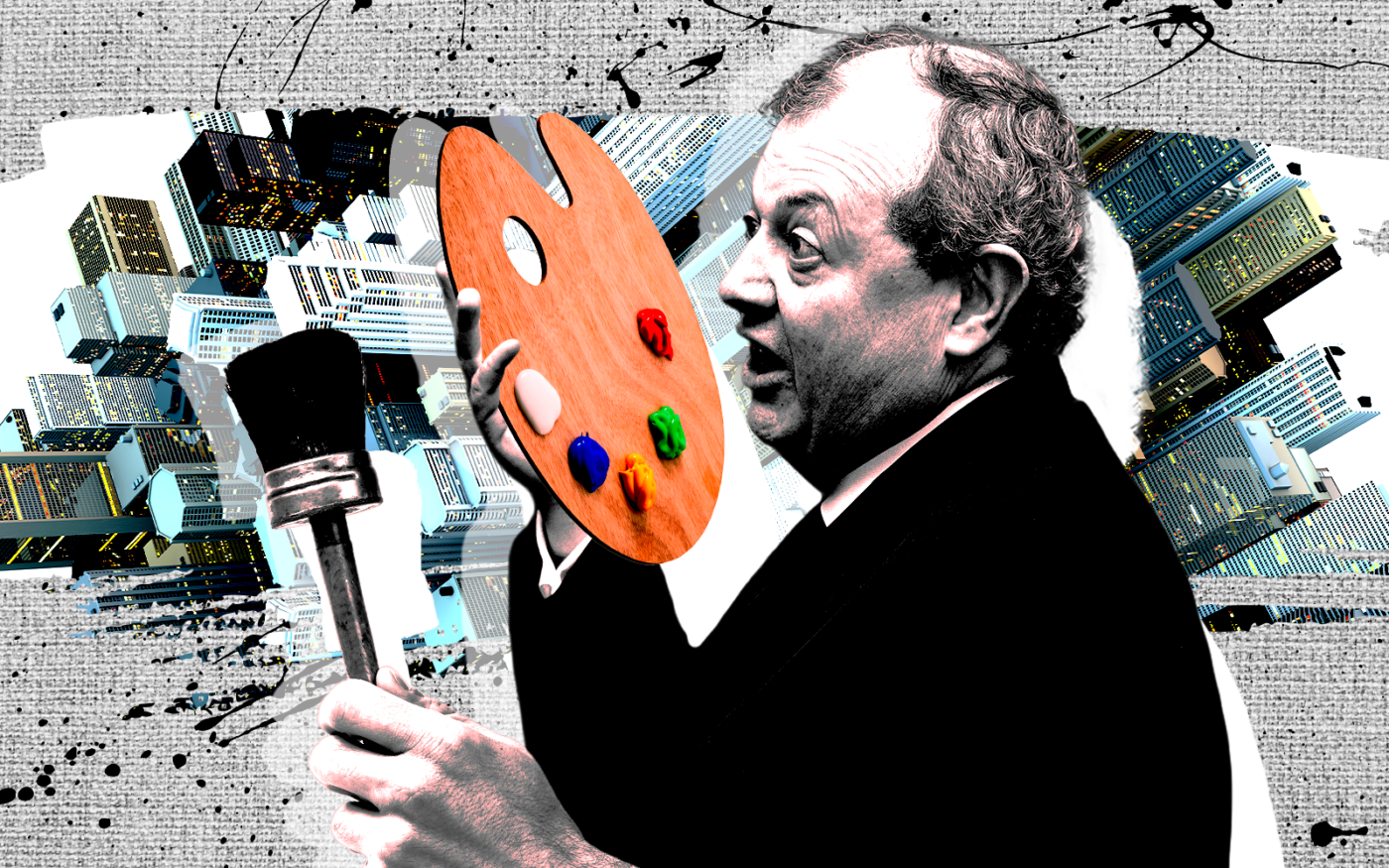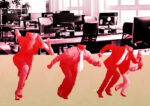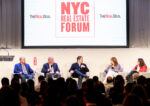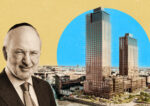 Not the king of this Kastle: RE bigwigs challenge popular office occupancy metric
Not the king of this Kastle: RE bigwigs challenge popular office occupancy metric
Trending
What REBNY’s office visitation report actually measures
Industry group reported 66% figure, but it’s not an attendance rate

REBNY president James Whelan (Getty, REBNY)
The specter of half-empty buildings, a reality supported by card-swipe data from Kastle Systems, hasn’t done office owners any favors. But the Real Estate Board of New York has another dataset with a more robust number: 66 percent.
That is not, however, the percentage of New York City office workers at their desks every day. Rather, it’s the amount of cell phone activity in office buildings today versus 2019, before the pandemic.
REBNY calls the 66 percent number an office visitation rate, Crain’s reported. But it really just means that cell phone activity in the buildings in September was two-thirds what it was throughout 2019.
The data is broader than Kastle’s, which misses all the buildings that don’t use its card-swipe services, including many that claim to have higher office attendance than the Kastle average. The omissions skew the results.
Kastle, which recorded a 50 percent occupancy rate for the week of Nov. 15, measures card swipes at 200 buildings in Manhattan, a majority of which are the Class A variety.
Some industry figures such as the Durst Organization’s David Neil have downplayed Kastle’s data because of the weight it puts on days of the week destined not to recover to pre-pandemic levels, specifically Fridays.
But REBNY’s report, which covers 350 buildings, has its own limitations. Office workers and executives who carry multiple phones into the office would inflate the numbers, as would tourists visiting stores and restaurants at the bottom of office buildings. A spokesperson for the city’s Economic Development Corporation shrugged that off, telling Crain’s it illustrates “vibrancy.”
Regardless of the framework, it’s clear that office visitation won’t return to pre-Covid levels, nor will occupancy rates — at least until the amount of office space is reduced by conversions and demolitions.
The shift to remote work has huge implications for cities’ tax revenue and everyone who relies on office workers, particularly office owners, lenders and investors, as well as restaurants and stores in office districts.
In May, a revised study from researchers at New York University and Columbia University estimated that the city’s offices would lose 44 percent of their pre-pandemic value by 2029, an increase of 16 percentage points from the previous year’s original study.
Read more
 Not the king of this Kastle: RE bigwigs challenge popular office occupancy metric
Not the king of this Kastle: RE bigwigs challenge popular office occupancy metric
 Remote work will destroy 44% of NYC office values
Remote work will destroy 44% of NYC office values
 Gains in the return-to-office are fragile and under threat
Gains in the return-to-office are fragile and under threat
REBNY’s visitation report has historically shown higher-end office buildings recovering from the pandemic faster than others, but the difference is marginal. In September, the average visitation rate in A+ properties was 67 percent of the 2019 figure, versus 65 percent for A, A-, B and C buildings.
However, the report doesn’t include office buildings that opened after 2019, such as SL Green’s massive office tower One Vanderbilt. Newer buildings figure to have higher visitation than older ones.
Midtown South led Manhattan office districts at 70 percent. Midtown came in at 67 percent and Downtown at just 60 percent.
— Holden Walter-Warner




